Buy It Here:
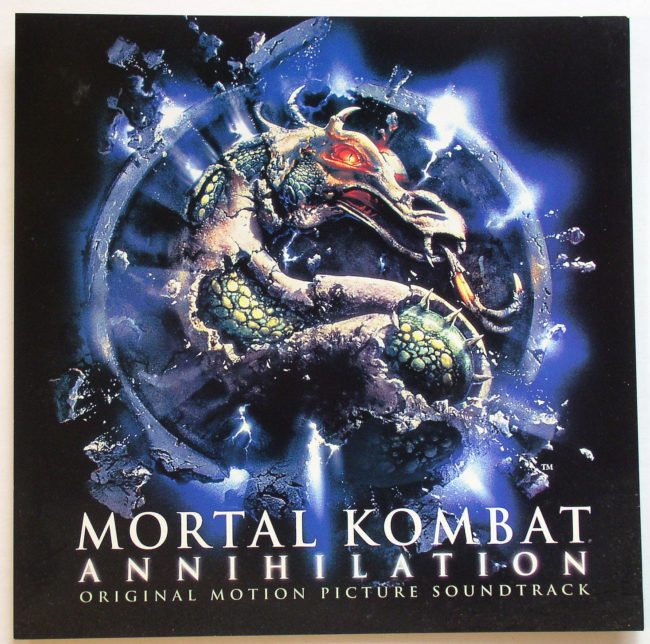
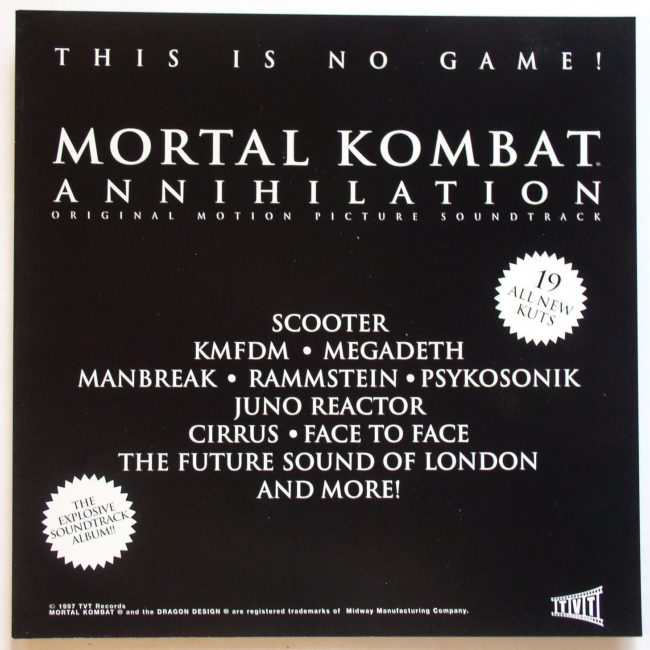
We are approaching our 20th anniversary of online retailing. Our Fearless Leader is becoming contemplative about that, if only because we are moving. It’s not a very big move by geographical standards – only 40 miles. It’s the third move we’ve made and back to the original town where our storefront operated. It’s not supposed to affect anything that the customers will notice.
In the process of making that move, we’re processing many boxes of archives. Some of the archives have been rendered into junk by rodents, water, nasty Japanese beetles that looked like sweet ladybugs (in 2005, the time of move #2), and other age factors, but what’s left makes us think about where we came from especially since we’re going back there. Most, if not all, of the twenty thousand transactions we’ve enjoyed recently don’t take place anywhere near Spencer, Iowa, so a lot of the local background has nothing to do with our visible Internet growth.
We still want to tell you about where we came from. The brick and mortar’s name was Rainy Day Music, which came out of my head after a month of trying to find it in 1987. Depending upon how anyone spins it, Rainy Day Music was a head shop or it was a music store and sometimes it was both but that sort of depended upon which of the principlals you preferred or followed. While I peddled my share of paraphernalia, my thing was music. Specifically record albums. 1987 wasn’t the best time to decide to do that since everybody who made records was going to quit doing that in about four years. Anyway, sometime after we launched our second store my partner, who was also my wife, and I had a little explosion. That was late in 1995. The store was my hobby; I had a Real Job distributing various wholesale groceries and what we now think of as convenience store items. It just so happened that we sold that Real Job at the same time the missus and I exploded. I took six months off and traveled and searched for my head and left the store. At the end of that six months my former wife informed me I could just steer the sinking boat or she’d close it. I “rejoined the firm” and she eventually departed. Three years later, after the city outlawed two thirds of our merchandise, I discovered eBay.
Perfect arrangement. Bigger pond in which to operate. First sale was a box of bluegrass records that nobody would look at in our “alternative” shop. Leaving out some fun facts, a little more than a year later, Internet sales outstripped counter sales.
No decision to make there, a guy can do that from his house. I did.
But we’ve overshot a little here on the history. I was going to tell you why I’m Saintstevensthingery and not Rainy Day Music and how Rainy Day still operates. When I discovered the Internet, it was in a hotel room. I knew instantly that I could do that eBay thing. But I had no computer, so the following Monday I went to the library, figured out enough about operating computers to register at eBay. One of the first steps in that process is “pick a name”. It didn’t occur to me that RainyDayMusic could be a name. I wasn’t accustomed to inventing words that way at the time. So I thought about it: what do I love? Well, there’s the Grateful Dead, and they have an iconic song that’s called “St. Stephen” and it has a line that goes “one man gathers what another man spills”. So, Saintsteven it was. That’s been modified a couple of times over the years but it’s still similar. That turned out to be a good choice, especially in the early days of Internet auctions when everybody was a newbie. In a marketplace built on trust, how can a guy whose name starts with “saint” be a bad guy?
So what about poor Rainy Day? Locally, that was a powerful brand, and um, we already owned it. Well, there was a time that we DIDN’T own it. Not only was there another Rainy Day Records in the state of Washington, but the Jayhawks eventually came along and used the entire phrase for an album that sold moderately well, and there went what we call Search Engine Optimization.
We’ve kept it around all this time though, and we like to think “The Raindrop” has achieved real authority in some circles. It DID sort of change color – it was not originally purple but it has grown to be, and it’s the same icon I’ve used since the month of August in 1987 that it took me to draw it.
So, maybe you’ve noticed in the news that records have been enjoying a revival for several years. I was in a local stereo shop (as I call them) not long ago when a guy said to the clerk “so I hear records are coming back”. The store guy said “well, some people will tell you that they never went away”. I intentionally didn’t check to see if he glanced my way when he said that.
Ain’t that ironic? Thirty-two years after I decided I’d like to mess with “licorice pizzas”, people want the damn things.
So, while the Saintsteven thing captured a lot of I.D.’s and URLs, and has done a lot of business and probably will continue to do so, about a year ago, Rainy Day came back into visibility on Facebook (where else?) in the form of its own page.
Our shopping cart on our own site will quickly inform you that you’re at the Home Of The Rainy Day Music Archive and the categories there are populated by Things that we sold in the first place. Much of the merchandise there actually did reside in the physical store at one time. Of course we add new stock, and over the years those listings are half of what they were, but there’s still a continuum there.
And what you can see is still the tip of the iceberg, and we have a lot of record albums in particular that have not been processed. We’re slow about that. We’re slow because we “machine grade”. That means that we record each album and examine its waveform for noise and flaws and problems. It takes about an hour and a half to do that, and if the grader is being strict, a lot of swell-looking record albums actually get rejected.
Because they have the data, we use Discogs to drill down to the pressing plant and similar identifying characteristics (label varieties) when possible as we identify and describe out stock we’re REALLY slow.
So that’s what you’ve got here: a seller with a lot of experience bending over backwards by providing audio samples of each track on a record album and (usually) providing every other little detail you might possibly wonder (like, how’s the inner sleeve?).
On the Facebook page, we preview this stuff, and as sales occur, we post our selling prices which we think is damn generous of us since most guys charge money for that kind of information.
All of that is different from our antiques auction business. It’s easy enough to post about both businesses, and people are certainly welcome to follow one or the other, but this is one of those watch-us-grow sorts of posts.
Or, we’re back. Again.
The Rainy Day Facebook Page
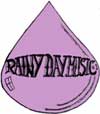
:
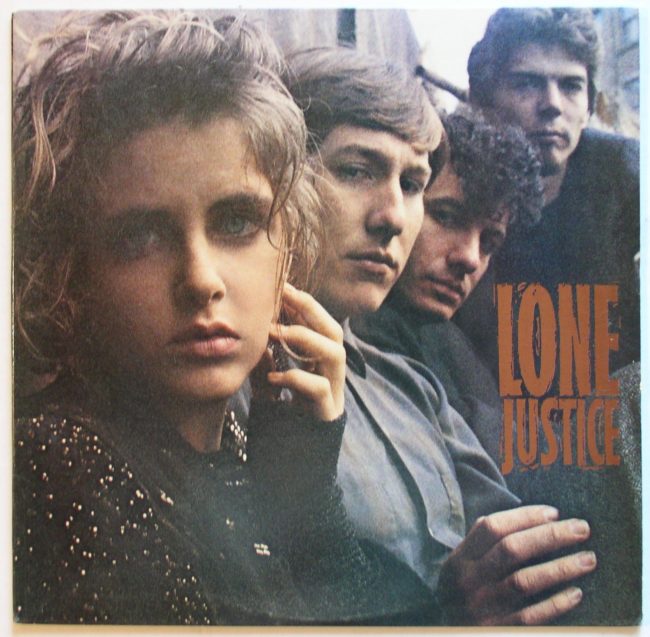
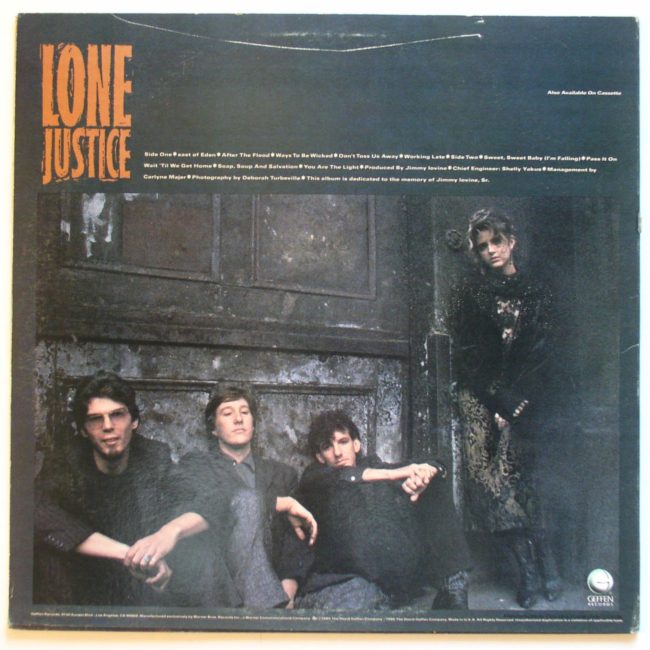
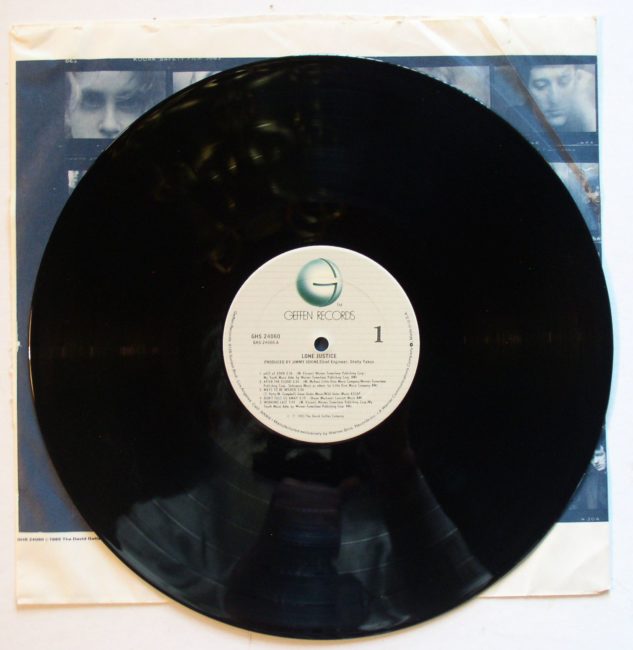
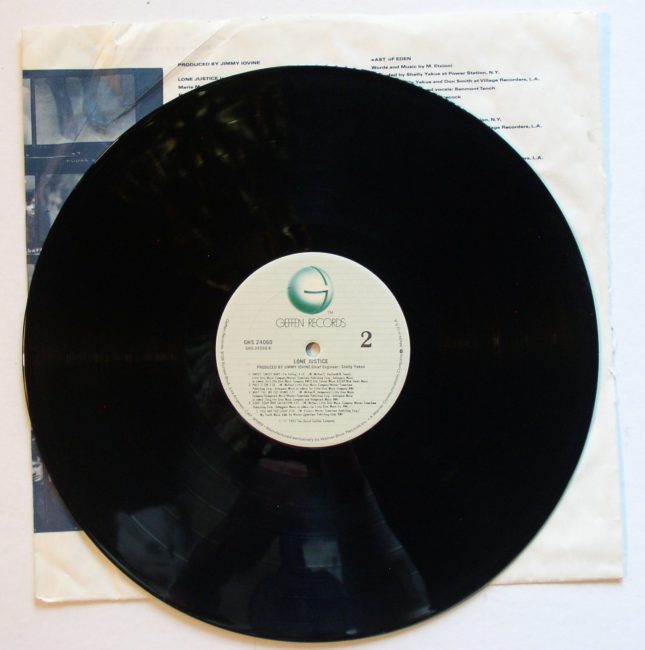
Realized $3.99 3/27/19
Tracks (click to listen):
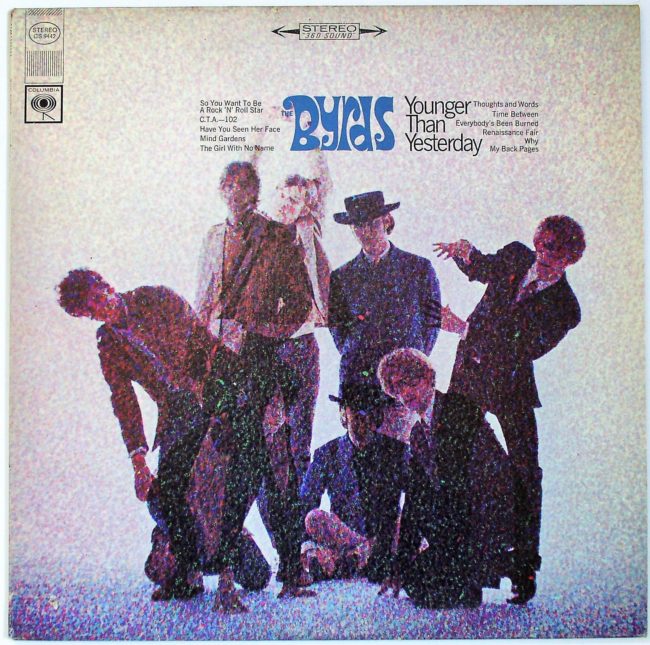
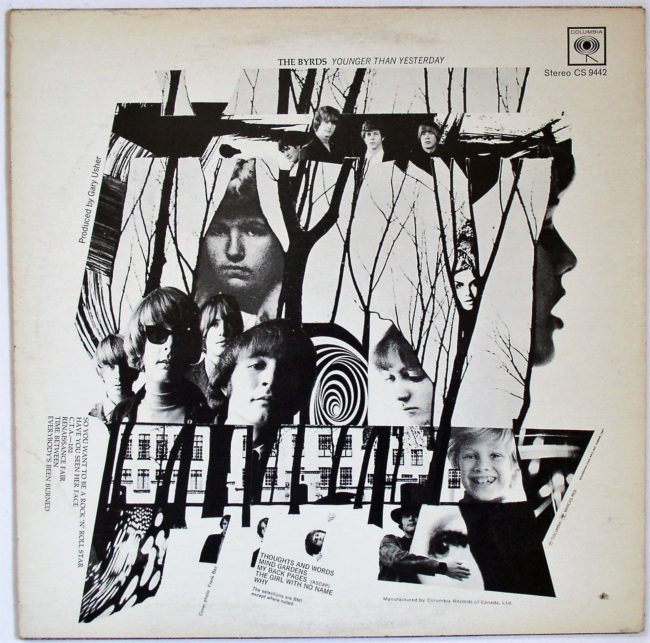
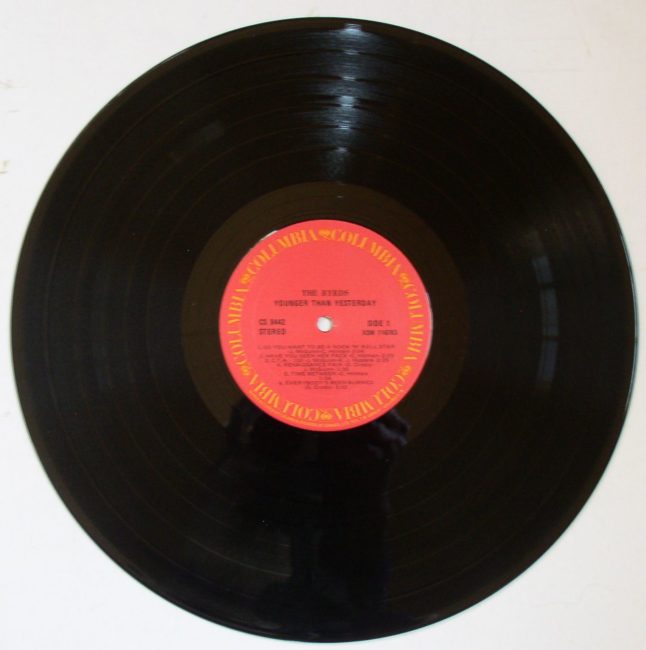
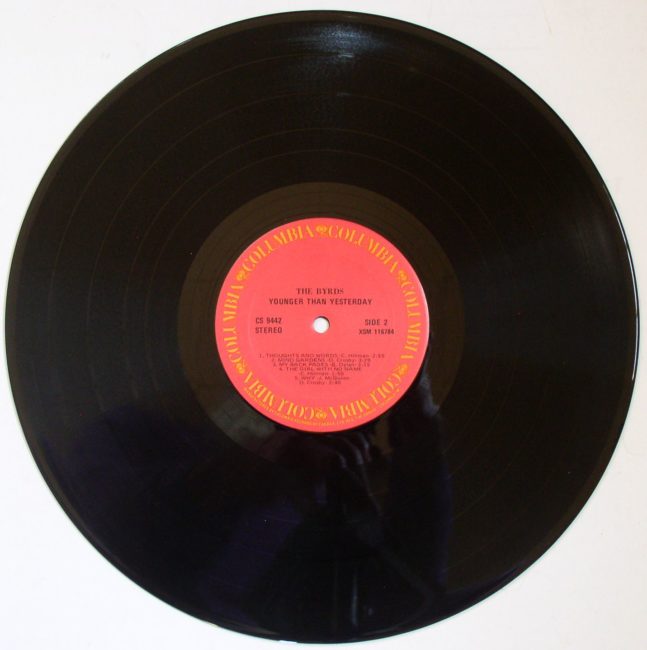
Realized $8.99 2/9/21
Tracks (click to listen):
and now a word from Our President:
I’ve graded records for a long time, ever since the brick and mortar days when they sat in bins. I’ve always thought that was one way to indicate their condition to the guy thinking about buying them. Obviously, if that shopper is flipping through the bins, he or she can inspect records themselves but mail order customers can’t do that, regardless of the platform where the mail order ad was shown.
This is about the record grading on this site (and at other platforms). Traditionally, someone describing a record could grade it visually, or play grade it (playing and listening). Both have their arguments, strengths, and potential pit falls.
Play grading is arguably a little better method: if you can tell somebody that you’ve listened to something, it carries a little more authority than if you can only tell them that you’ve looked at it. But play grading is really slow. Obviously somebody is constrained to sit and listen while the record plays, probably somewhat loudly (even if he or she doesn’t personally like it). If a typical record collection is maybe two hundred records, it would take a dealer a little over eight days of working without sleep or any other kind of pause to process that collection if he worked really fast.
I’ve begun to make digitized samples of my records and have been adding those to the catalog at a somewhat steady pace of a couple of them a day on a good day.
Something recently occurred to me while I was editing sound clips. In the waveform (a visual graph-like image of the recorded passage generated by a program), I can SEE clicks. And I can look through a waveform much faster than I can sit and listen to the recording because I can zoom it and fast forward it and reverse through it. And in one view, I can see an entire album, both sides, on one screen.
That means that if I use a hybrid method of playing the record and then examining its recorded digital print at a later time, I’m still constrained by the playing time of the albums, but I can also be doing other things while I record them and that’s a meaningful speed-up.
I can make Internet-ready samples of those clips with a few clicks, something already set in progress.
Here’s a very short waveform image:
You can see a pronounced spike in the bottom track at the right side: that’s a click. There’s also some noise on the left side of that track, as well as a little pop in the top track toward the left side.
There are really only two grades of records and the rest of the grades are cosmetic (visual, and subjective). Those two real criteria are: does the record click (or have other surface noise not inherent to the medium) or doesn’t it? I can tell in one glance into which category this one falls. That’s a vast improvement over listening to it for thirty to forty minutes, so after I take a couple of additional quick steps (identifying other passages like that, observing the cosmetics), I can go on to the next record.
Of course, there’s more to it than just grading the record, and even more if you’re maintaining a web site. So far, I’ve tried to supply copious photos of album covers, optimally four of five of each for an album, a couple more if it’s a double one. And the data like catalog number, year of release, the track list and so forth. There’s a little bit of time managing the database all this stuff goes into, and moving files to the site and managing them there, and all that other stuff. That’s generally considered to be not anybody’s problem but the merchant’s, so we’re not going to break that down here, but trust me, it’s “in there”.
Time is money. Anything that makes grading faster AND more useful has to be a no-brainer.
So that’s what’s going on over here in the record department. I think it’s pretty revolutionary. The last thing to think about might be the nomenclature: should I just mention in record templates that they’ve been “computer graded”, or should I invent a little twist on the regular notation? Let’s say it’s a VG+ record. Would it be ridiculously confusing to call that CVG+?